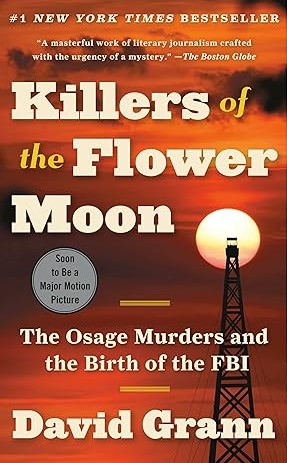The question has confronted me more frequently, its challenge heated by the contraction of newsrooms, rise of mis- and disinformation, indifference to facts, intransigence of opinion and a depressing distrust of the legitimate press. That question, at heart:
What good is what we do if nothing changes?
I am just as prone to frustration about the current state of affairs as anyone. I stepped into journalism as the press called politicians to account over the Vietnam War and The Washington Post took on a presidency. I have boxes of letters from readers testifying to the changes in laws, hearts and minds because of courageous and compassionate reporting. Now analytics claim that the most popular stories — the ones we should chase — have as much to do with tease headlines and quick-hit sensationalism as with serious societal issues.
So I get the question when it comes from students or early-career journalists. I also know it would be insulting to blow some idealistic smoke their way.
My solution: I tell them two things:
- You never know how a story touches someone; you just have to do meaningful work and trust that it matters.
- Even if nothing changes that you can track, we remain the first, rough draft of history. Without us, history is too easily shaped as a lie.
Much as I believe both of those things, I know they aren’t an easy sell. And on the darkest news days, I wonder if maybe I’m just trying to convince myself. So I paused in deep gratitude when nonfiction author David Grann started a chapter, late in his epic history “Killers of the Flower Moon,” with this calm and sure statement:
History is a merciless judge.
Grann’s 2017 book was released last month as an major motion picture, directed by Martin Scorcese, studded throughout with an all-star cast. The book sat on my shelf unopened for a few years, as the restlessness of COVID had me reaching for the escape of fiction. I grabbed it when I heard the movie was coming out — a lifelong habit of wanting to read the real thing before I indulge in the hyped Hollywood version.

The book did not disappoint. Grann went back 100 years to tell of the multiple, mysterious murders that haunted members of the Osage Indian Nation in Oklahoma. Investigation of those murders helped launch the modern FBI, so we also get glimpses of how the charismatic and controversial J.Edgar Hoover launched his reign. It’s a compelling read without once compromising rigorous reporting or source transparency. That’s are worthy lesson on its own.
But there’s also the declarative note about history. When Grann hits a dead-end in what he finds in various records, he remains convinced — as did some of the primary investigators at the time — that there were more murders that were never solved. So he keeps digging and, in the final section of the book, proves that the “Reign of Terror” was a more complex and extensive conspiracy than the FBI revealed. Grann dug back through history — much of it found by mining old newspapers — and fashions a fuller narrative. In the process, he teaches us about the racism that is a continued legacy of our social systems.
Reporting tomorrow’s history
I had just finished “Killers of the Flower Moon” when I came across a loud echo in today’s news. New York Times court reporter Adam Liptak did a short-but-clear explainer (one of his super-powers) on requests from the media to allow audie and video broadcasts of the upcoming trial involving charges that Donald J. Trump conspired to undermine the 2020 presidential election. Cameras in courtrooms is a long-debated issue, and the requests face, as Liptak wrote, “a distinctly uphill fight.”
But then he digs into a back-up argument, filed by NBC News, based on something called “Rule 53 of the Federal Rules of Criminal Procedure.” The NBC argument is based on the interpretation of just three words in the ruling. The network posits that while live broadcasts are not allowed “from the courtroom,” that doesn’t prohibit the recording and release of those broadcasts through other venues and at other times.
It may seem like typical legal hairsplitting. But the stakes are much higher, as noted by Rebecca Blumenstein, NBC’s president of editorial:
“At minimum, I urge this court to allow the video recording of proceedings for historical posterity,” Ms. Blumenstein said in a sworn statement submitted with NBC’s application. “It would be a great loss if future generations of Americans were forever deprived of being able to access and view the events of this trial even years after the verdict, which would immeasurably improve the ability of future journalists and historians to retell accurately and meaningfully analyze this unique chapter of American history. … Americans — and history — should not lose the chance to see video of this watershed trial, which involves alleged conduct going to the heart of our democracy.”
I don’t know that history is always a merciless judge. But it can’t be an honest one without a full record to draw on.
And that full record often starts with journalism.



